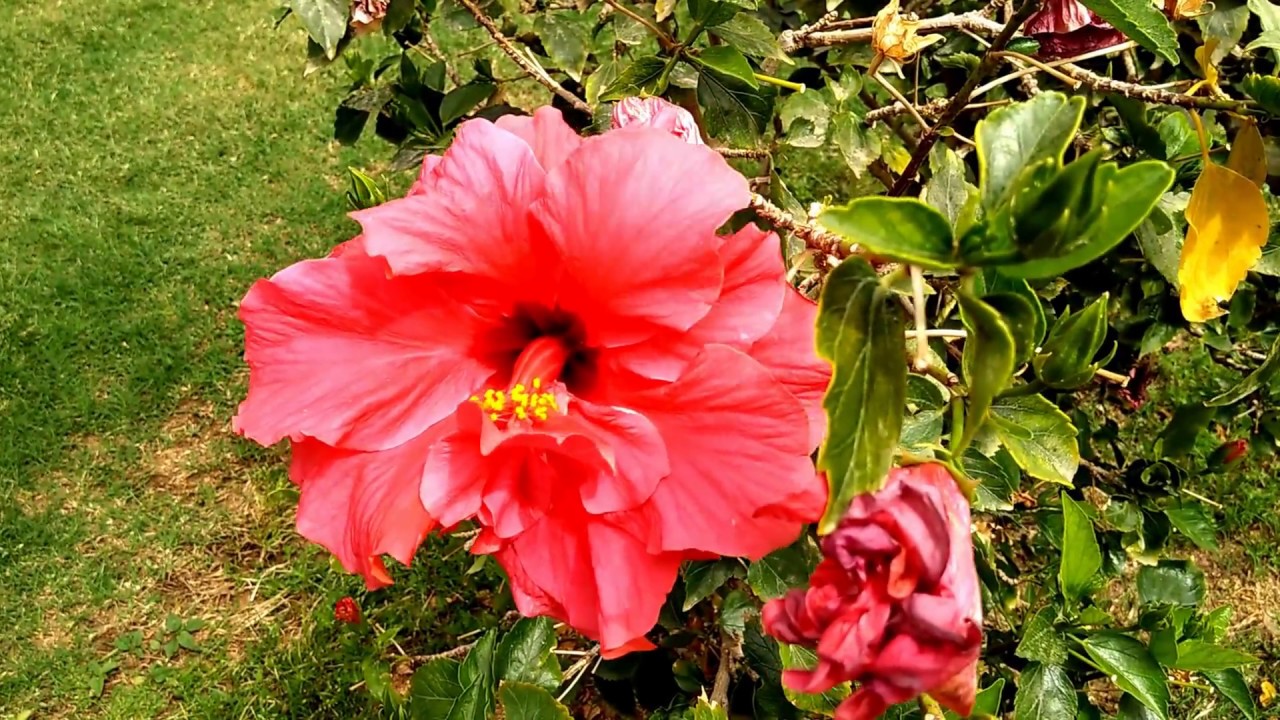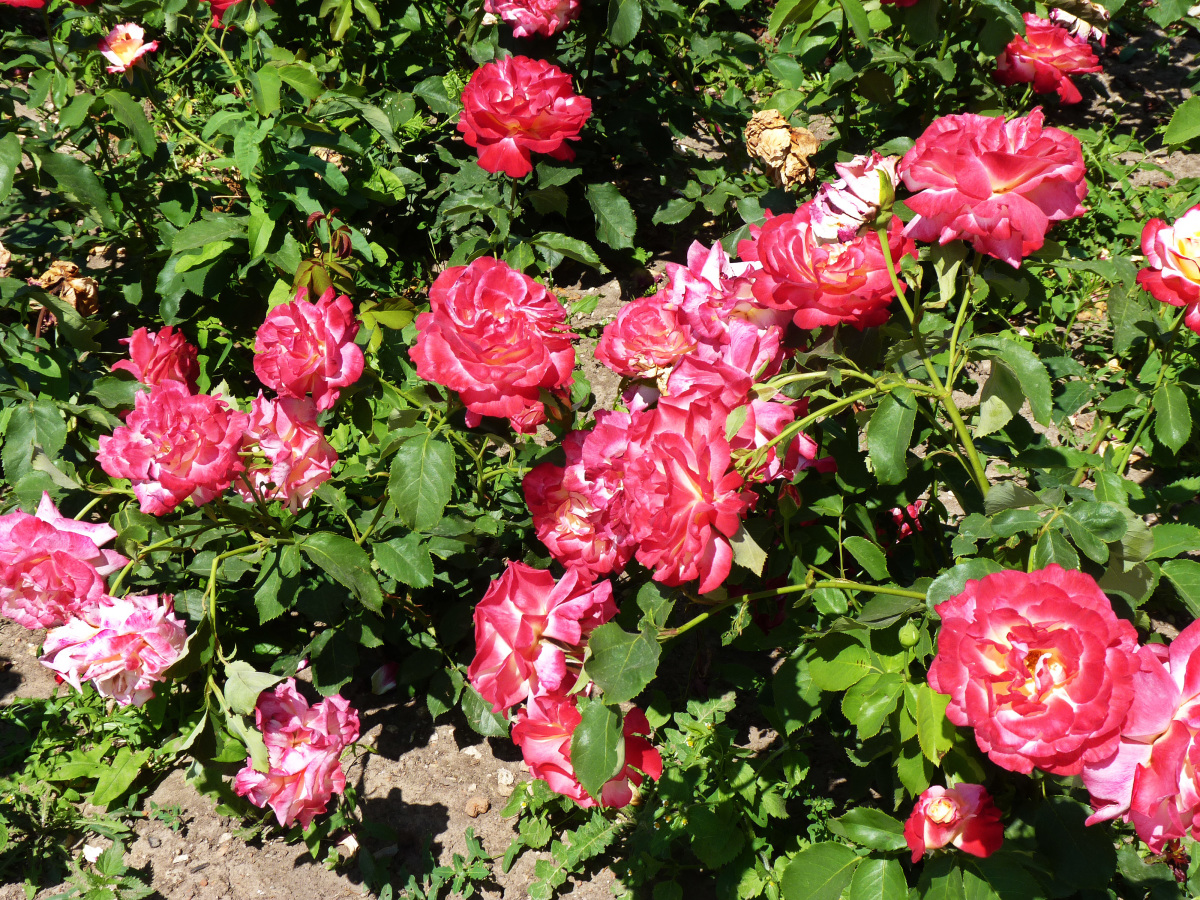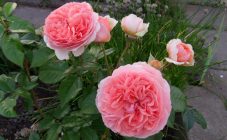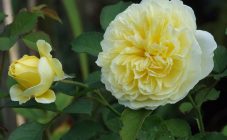Content:
The Sudanese rose is better known as the Sabdariffa hibiscus, which is very often referred to as rosella, mallow and pharaoh's flower. Popularly, this plant is known as hibiscus. A very tasty drink is made from the dry foliage of a Sudanese rose, and it is worth noting that the process of growing a plant is not very laborious.
History of the origin of the Sudanese rose
People from ancient times have known about such a plant as the Sudanese rose. The healers of Ancient Egypt prepared medicinal preparations and vitamins from hibiscus, and firmly believed that they were able to save a person from any disease. For the first time, tea from this culture was prepared in Ancient India, after which this tradition was adopted by the inhabitants of Egypt and Sudan.
Hibiscus or Sudanese rose is still popular among the inhabitants of Muslim countries. This is due to the fact that the flower of the plant is formed from 5 petals, which, based on the Muslim faith, coincide with the five religious commandments.
Today, the foliage and inflorescences of the Sudanese rose are actively used both in the preparation of beneficial tea and in a variety of desserts. Young rose stems are added to salads and main dishes.
Description and characteristics of the plant
The Sudanese rose is a herbaceous shrub, the height in its natural habitat is 3.5 m. The root system is very branched and long, which is why the planting hole must be dug deep enough when planting a plant. The stems of young plants are green, but they are covered with a slight reddish tint on top.
As the hibiscus matures, a thin gray bark will gradually cover its stem. The edges of the leaf blades are slightly rough and jagged. The upper part of the culture has a pointed shape, and the lower part is oval. The diameter of the flowers of the Sudanese rose can reach 6 cm, the inflorescences are distinguished by a bright dark red color. A small peduncle acts as an attachment of each bud to the stem.
Features of planting a Sudanese rose
Most flower growers who grow plants both at home and in the open field, sooner or later, will be interested in how to grow a Sudanese hibiscus rose. So, the cultivation of this culture is possible in several ways - by propagation by cuttings and by the seed method.
Experts consider growing hibiscus from seeds the simplest. This method is not expensive. They resort to it due to the fact that good germination of seeds lasts for 5 years. The seed can be purchased at a flower shop, and planting must be done following a specific algorithm:
- Before sowing seeds in a greenhouse or pot, they must be disinfected using a weak solution of manganese. It is necessary to keep the seeds in the prepared substance for at least an hour.
- After disinfection of the planting material, it must be thoroughly rinsed under running water. In order for the seeds to germinate quickly, you need to take a growth stimulator and soak the planting material in it (soak a small piece of cloth with the solution and put the plant seeds there).
- After 4 weeks, you can see the appearance of young shoots - this indicates that the seeds can be sown in separate containers, which must first be prepared.
Chinese hibiscus rose has high requirements in relation to the composition of the soil. For planting a plant, it is recommended to give preference to a special soil mixture, the advantages of which are good drainage and fertility. The best option is to purchase ready-made land in a special store.
In order to preserve the decorative properties of the flower, one should resort to growing hibiscus from cuttings. This method is also not difficult, but it requires compliance with some agrotechnical rules.
It is necessary to use cuttings only of those plants whose age does not exceed one year. It should be remembered that the optimal period for rapid rooting is the spring season or the second half of summer.
If you plan to harvest cuttings directly from the bush, then the distance of the lower cut from the bud should be at least 1 cm.The length of the cut cut usually ranges from 10-15 cm, while viable buds in the amount of 3-4 pieces should be present on it.
For planting cuttings, a soil mixture of sand, leafy earth, humus and peat is required, which must first be moistened. In order to create a greenhouse effect, planted cuttings should be covered with transparent plastic bottles. The complete rooting of the planted planting material occurs after 1.5 months. Throughout this period, plants must be properly looked after, creating conditions for active development and growth.
Major diseases and pests of culture
The care of any plant must necessarily include the fight against diseases and parasites that can cause significant damage to the crop or lead to its death. To achieve the abundant flowering of a medium-sized Sudanese rose, you need to take care that it is not affected by dangerous pests and diseases.
Common pests that feed on hibiscus without letting it grow include:
- shield;
- spider mite;
- greenhouse aphids.
The simplest task is to control greenhouse aphids. At the first detection of this parasite, it is necessary to spray the rose using Actellic. It is worth noting that it is much more difficult to deal with pests such as spider mites and scale insects. Without the slightest delay, they must be washed off the hibiscus with soapy water, and then treated with Aktellik.
The only dangerous disease of the Sudanese rose is vascular wilting, which is almost impossible to get rid of. This disease is provoked by fungi called Verticillium and Fusarium. It is quite possible to increase the life span of a diseased plant by cutting off its diseased shoots, but it is impossible to completely stop the development of vascular wilting.
If, in the process of planting and caring for a Sudanese rose, you follow simple requirements and follow the advice of experienced florists, you can create a real paradise on your garden plot or in your house. Hibiscus rose will delight with its lush flowering exactly as long as the growing season lasts, and the prepared drink from its dried petals will warm the household on cold autumn evenings.














